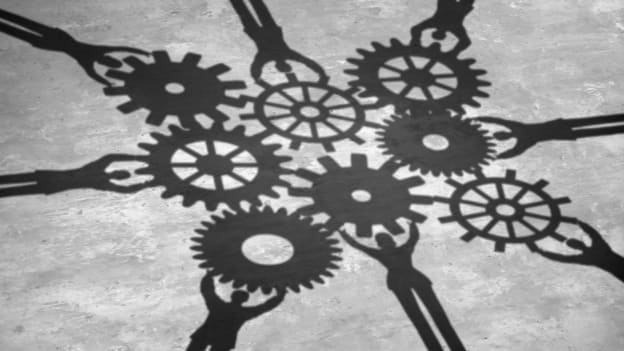How can technology bolster D&I in an organisation

If we look at technology from a larger organizational perspective, it can mean artificial intelligence, software, social platforms, analytics, and so on, but one of the most recent and relevant discourses is based around the blending of the physical and digital worlds, largely, the impact of technology on human resource practices. Individuals and organisations are recognizing how a non-diverse, non-inclusive, and biased environment is negatively impacting a company's performance. Technology can be a bridge to build a culture of diversity and inclusivity in an organization, from the ‘hire to retire’ phase of an employee.
Technology and Identity Creation
The debate around diversity and inclusion stems from the idea of identity. Technology creates an identity framework for us based on an increased dependence on technology-oriented data, especially in times of maximised virtual functioning. This data could be modified to block information on the softer aspects of human resources like culture, appearance et cetera, therefore, eliminating an analyser’s inherent bias. This, in turn, leads to the creation of a unique identity for a person separate from a cultural identity, thereby making technology the great leveller. Organizations can use data and analytics to filter out any kind of bias to ensure the selection of people strictly based on merit, in the recruitment stage. Technology makes hiring more effective this way.
Keeping technology handy through the employee’s journey
After talent is absorbed in an organization, technology can help in creating a culture of acceptance, diversity, and inclusion, that results in increased retention rates. An example could be mindfully designed, anonymous surveys and routine pulse checks which can help identify markers of cultural conflicts in the work-life. Organisations can then take these learnings and build short term and long term ‘inclusive employee development plans’ which includes conversations at all levels, planning training or have an inclusive mind-set when looking at potential vs gender on important business projects. Such activities can be carried out in phases to drive a sustainable culture of diversity and inclusivity throughout the echelons of an organization. The ability to attract and retain talent in such an empowering culture becomes easier.
The common currency between Technology & Human Resources: Transparency
An organization's employees are like its customers. Technology has enabled a more enriching experience for these customers by ensuring transparency and uniformity in human resource functions. Transparency stems from knowing, and knowing is bolstered by analytics and data. Technology can enable HR function with rich data and analytics around the environment - how our people are feeling, and how the organisation is perceived by current and even prospective employees. This further enables HR to make the desired change in the workplace. An ‘employee value proposition’ which states that it welcomes people to ‘Be the Real You’ and was built based on a large scale interview methodology of current and prospective employee base will be far more effective than an EVP created on a blackboard by a handful of HR employees.
Human Element in tech-driven HR practices
While technology enables the organisation in the multi-dimensional HR space of working, talent acquisition, training, on boarding and lead generation, one thing that is irreplaceable is human intervention - which stems from an organisation wide focus and acceptance towards D&I. From the top-down, there should be a clear demonstration of leadership commitment, applicability, and support for D&I programs.
When coupled with human intent and a culturally competent mindset, technology can be leveraged to deliver strong employee value propositions which supplements the adoption of a welcoming and diverse culture - helping employees realise their best potential.
Conclusion: Future-proofing
Tech integration in Human Resource practices has exposed executives to unconscious bias and how it impacts recruitment, development and succession planning. Internal capability building programs further help executives build stronger competencies to deal with data and analytics to make smarter decisions. Technology is constantly evolving and it's never perfect at any point in time. The entire process is a learning curve where businesses learn, adapt, and contribute to its evolution. The future is going to move towards such interdependent operating models where the tech and human elements become inseparable units, bringing about the diversity of thought, thus creating a more inclusive and productive work environment.
















